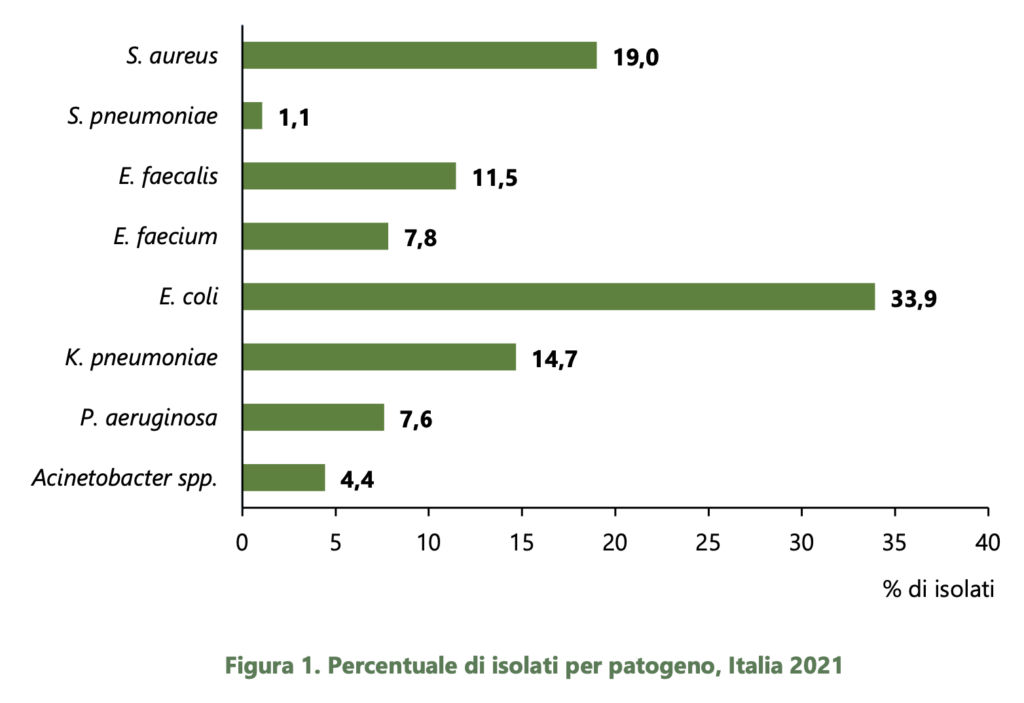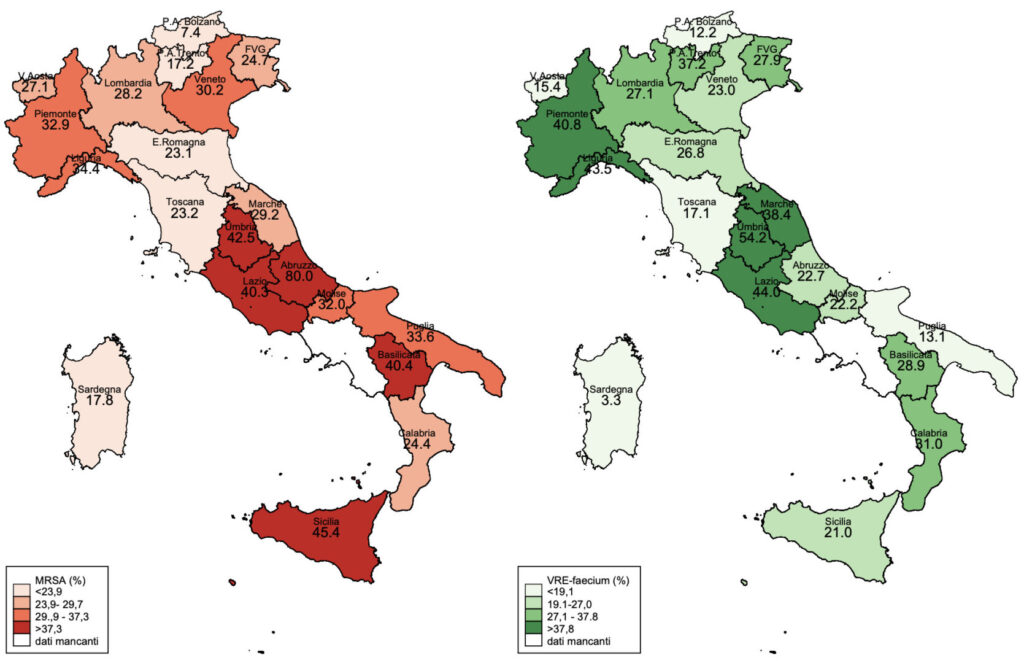iGEM Project 2023 | Part 1
Before explaining our idea, we would like to tell you something more about the problem we choose to face. We are not expecting, of course, to fix this issue completely, but we were so impressed by its impact on our society that we are determined to give our (little) contribution, starting by spreading awareness.
To this day, antibiotic resistance (if you don’t know what we’re talking about, we wrote something here) represents one of the most relevant health issues. It is the cause of roughly 1.27 million deaths per year, so the WHO estimates that it will be the leading cause of death in the world by 2050.

Focusing the attention on Italy, our country, we can look at the report on antibiotic resistance by the Istituto Superiore di Sanità (ISS-RISS) updated in 2021. According to the document, the most relevant pathogens responsible for the majority of deaths due to antibiotic-resistant infections are classified in the following fashion.
The total number of identified cases is 62.833, of which over 99% are from blood isolates while less than 1% come from spinal liquor.
- 33.9% of infections are caused by Escherichia coli,
- 19.0% by Staphylococcus aureus,
- 14.7% by Klebsiella pneumoniae,
- 11.5% by Enterococcus faecalis,
- 7.8% by Enterococcus faecium,
- 7.6% by Pseudomonas aeruginosa,
- 4.4% by Acinetobacter spp.,
- 1.1% by Staphylococcus pneumoniae.

The figure below represents the percentage of resistance of the four most relevant pathogen-antibiotic combinations. These arrangements are under surveillance by the European Centre for Disease Control. The data presented refer to the different regions for 2021:
- S. aureus resistant to methicillin (MRSA);
- E. faecium resistant to vancomycin (VRE-faecium);
- E. coli resistant to third-generation cephalosporins (CREC);
- K. pneumoniae resistant to carbapenem (CRKP).


Despite these numbers, there is no need to panic. There are still numerous antibiotics to fight these infections. Many of these bacteria result in death only in case of co-morbidity or immune impairment. Although this phenomenon is doomed to worsen, this bacteria will develop resistance to the few still effective antibiotics until this process become faster than the discovery of new therapeutic molecules. We are still in time, but this is the moment to take action.